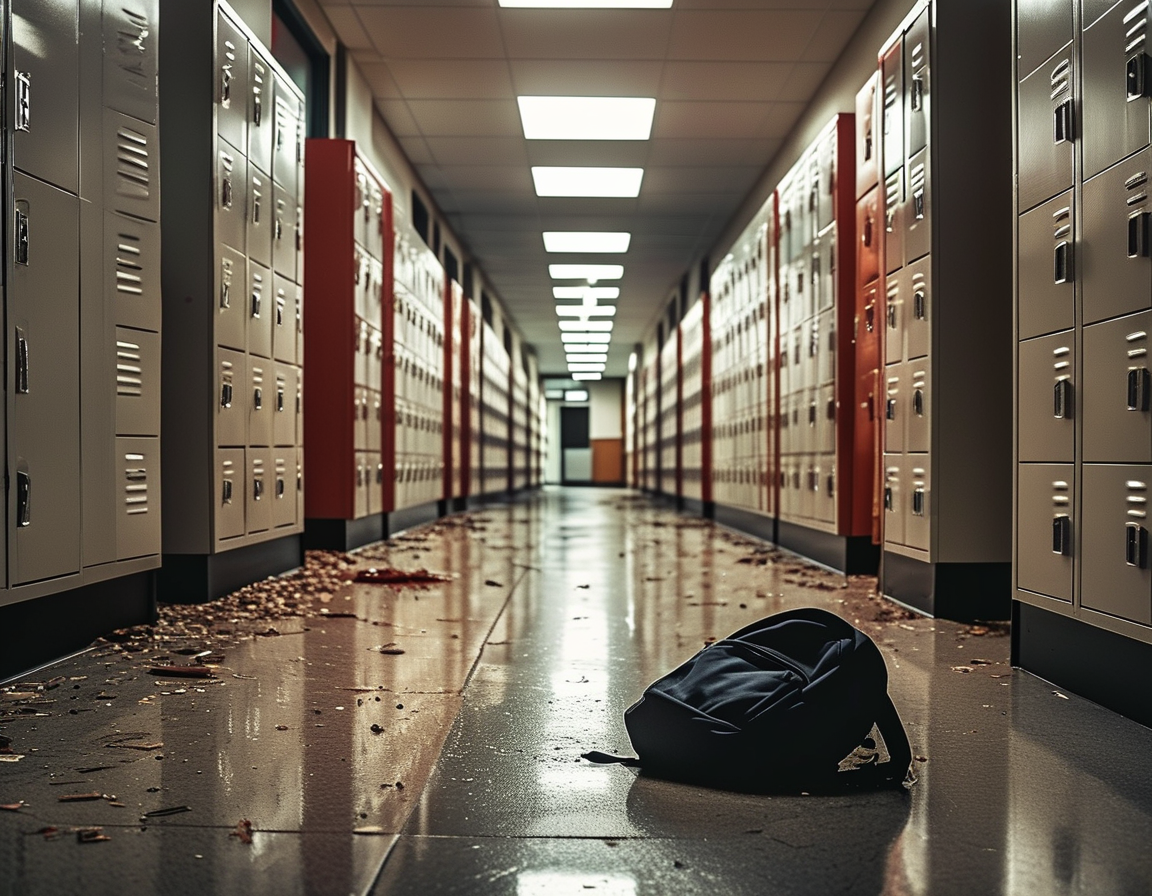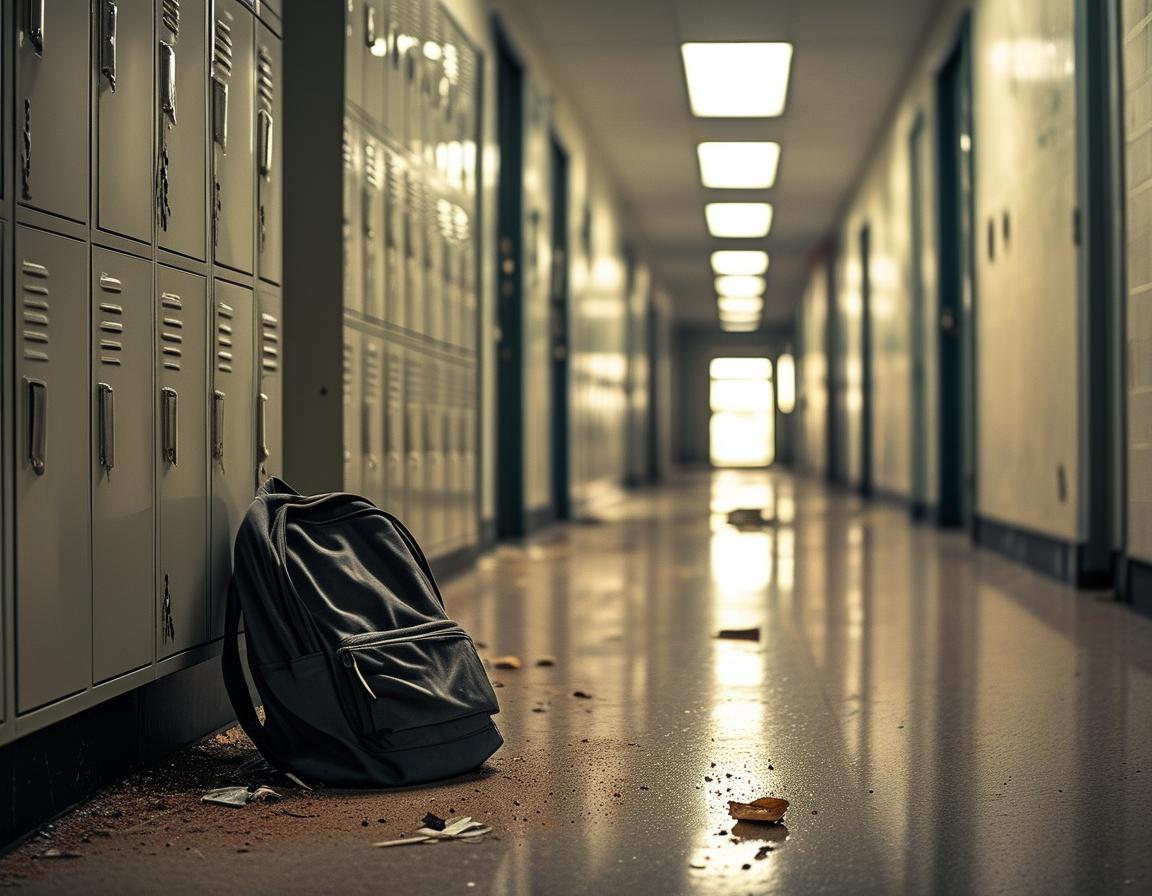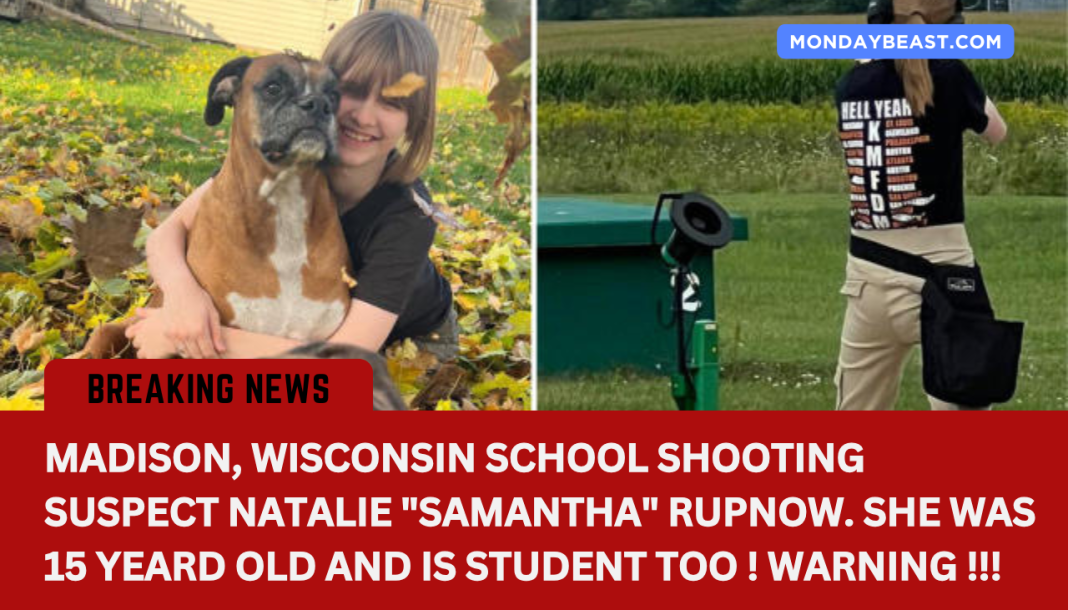The recent tragic events at the Abundant Life Christian School have left the Madison community in shock. A 15-year-old student named Natalie Rupnow opened fire, leading to a loss of innocent lives. Questions swirl around her motives, influence, and social media activity. Was there more to her story before that dreadful day?
In the aftermath, people are asking: How well can we truly know our children? Every moment shared on platforms like Facebook or Instagram might hold a key to understanding their mental state. In Natalie’s case, police are turning to social media for clues, searching for any signs that could hint at her troubled psyche. Will these insights lead to preventive measures in the future?

Investigators discovered several troubling posts leading up to the event. One photo, showing Natalie at a shooting range, raised alarms. The juxtaposition of seemingly innocent moments against a backdrop of tragedy is staggering. Could her fascination with firearms indicate deeper issues? How do we decipher passion from peril?
Madison Police Chief Shon Barnes emphasized that there can be indicators before such violent incidents. “There are always signs of a school shooting before it occurred,” he stated, directing attention to her online behavior. Signs have a way of hiding in plain sight. Are we equipped to recognize them before it’s too late?
Among the posts, one particularly disturbing image featured a hand gesture previously associated with white supremacist views. Before the shooting, posts were made from an account believed to belong to Natalie. These images may lead investigators to uncover possible influences or motivations. What role does online culture play in shaping young minds?

Also under scrutiny is the possibility of bullying. Chief Barnes noted discussions with students to understand if Natalie faced harassment at school. Bullying is a pervasive issue. It often goes unnoticed until it spirals into tragedy. How many other students are silently struggling like she was?
Reports suggest that Natalie lived with her father, who is also being questioned. What did he know? Did he realize the depth of his daughter’s struggles? This investigation extends beyond pinpointing the shooter; it’s a reflection of a society grappling with mental health and interpersonal connections in troubled times.
Natalie’s death by suicide leaves an eerie silence. Did she see a way out, or was this merely an impulsive decision? The tender age of her life reflects many questions around youth mental health. What more can be done to reach out and engage with students before trouble brews?

Authorities are examining the origin of the handgun used in the shooting. In an age of rising gun violence, how often do we dig deeper into firearm accessibility? The ease of obtaining weapons should make us consider who should own them. How can legislation address these issues while also protecting rights?
Understanding the dynamics that led to this shooting requires a broader look at our societal structure. From access to mental health resources to the role of social media, layers of complexity lie beneath every headline. Can we turn this tragedy into a lesson for prevention and increased awareness?
Adding to the chilling narrative, some investigators are referencing past school shootings, notably the tragic events at Columbine High School. Scholars and psychologists signal that understanding the motivations of earlier school shooters is essential. Are echoes from the past informing today’s youth?
In a world where social media dominates much of our interaction, we can no longer ignore its influence. Each snap, tweet, or post has the potential to leave lasting impacts. Reflecting on this, individuals and institutions alike must commit to greater vigilance and openness in discussions about mental health.
Ultimately, the story of Natalie Rupnow serves as a painful reminder. The narratives behind school shootings are rarely simple or one-dimensional. They involve real lives affected by complex issues of identity, psychology, and society. Through understanding comes the possibility of change. Will we learn, or will we fall back into silence?




